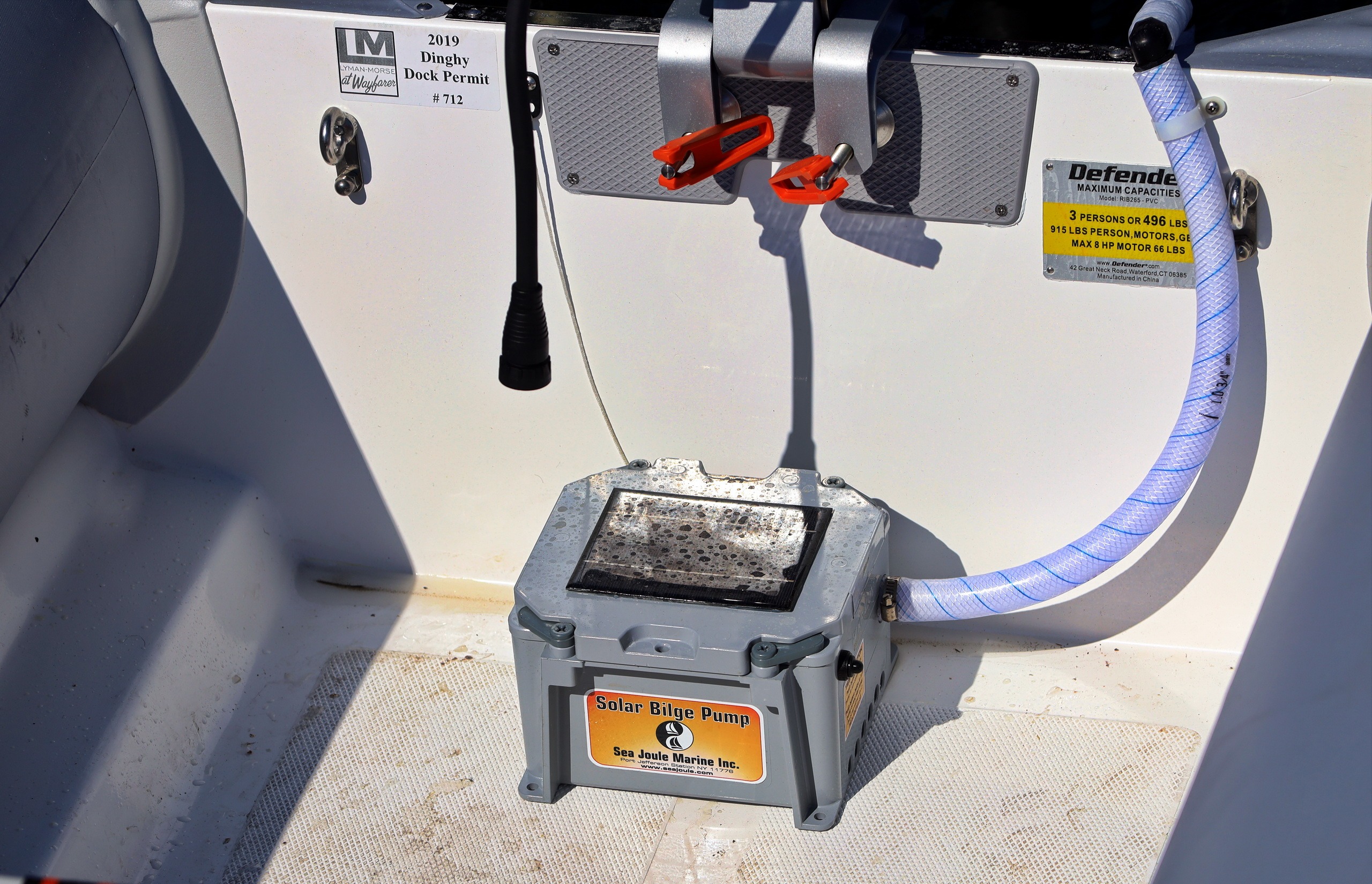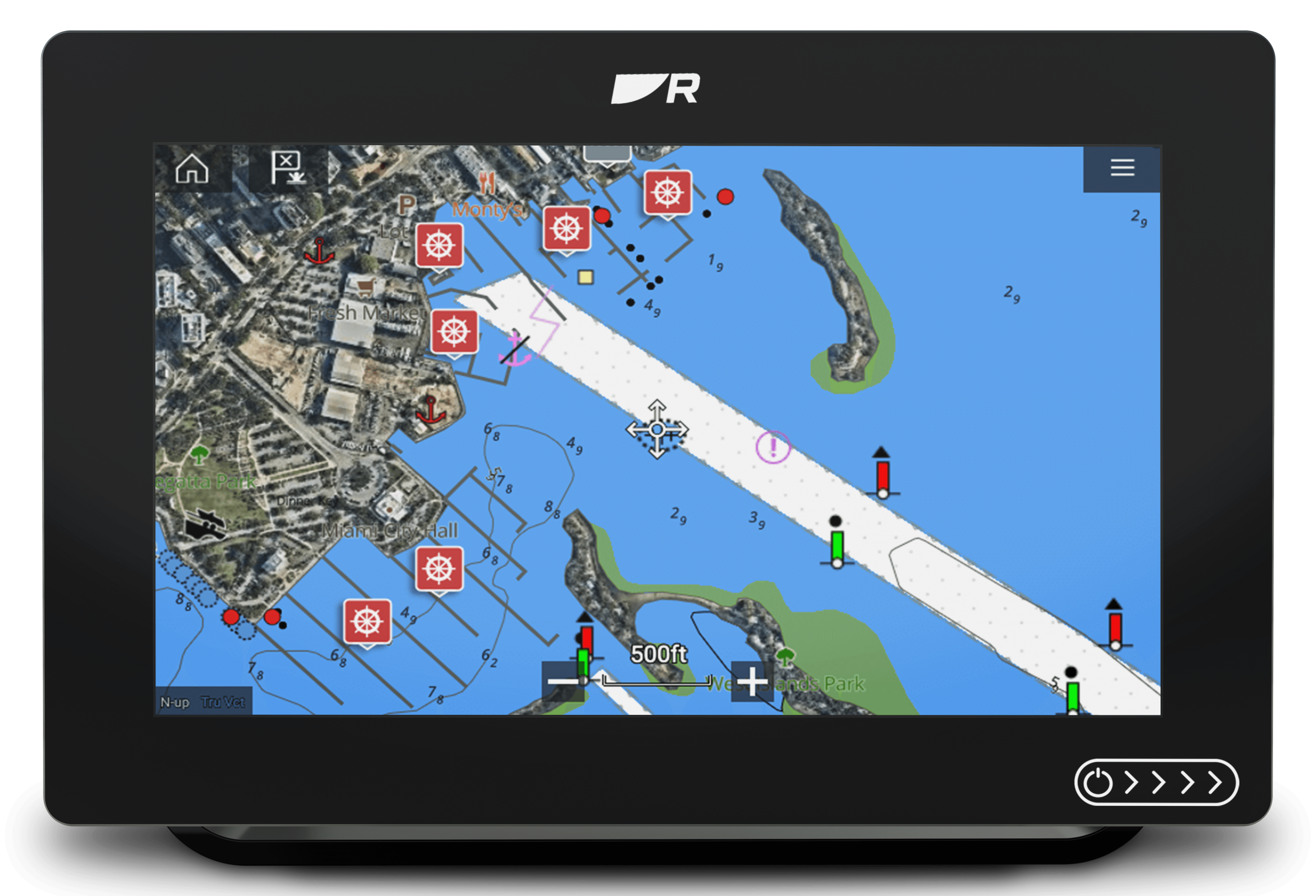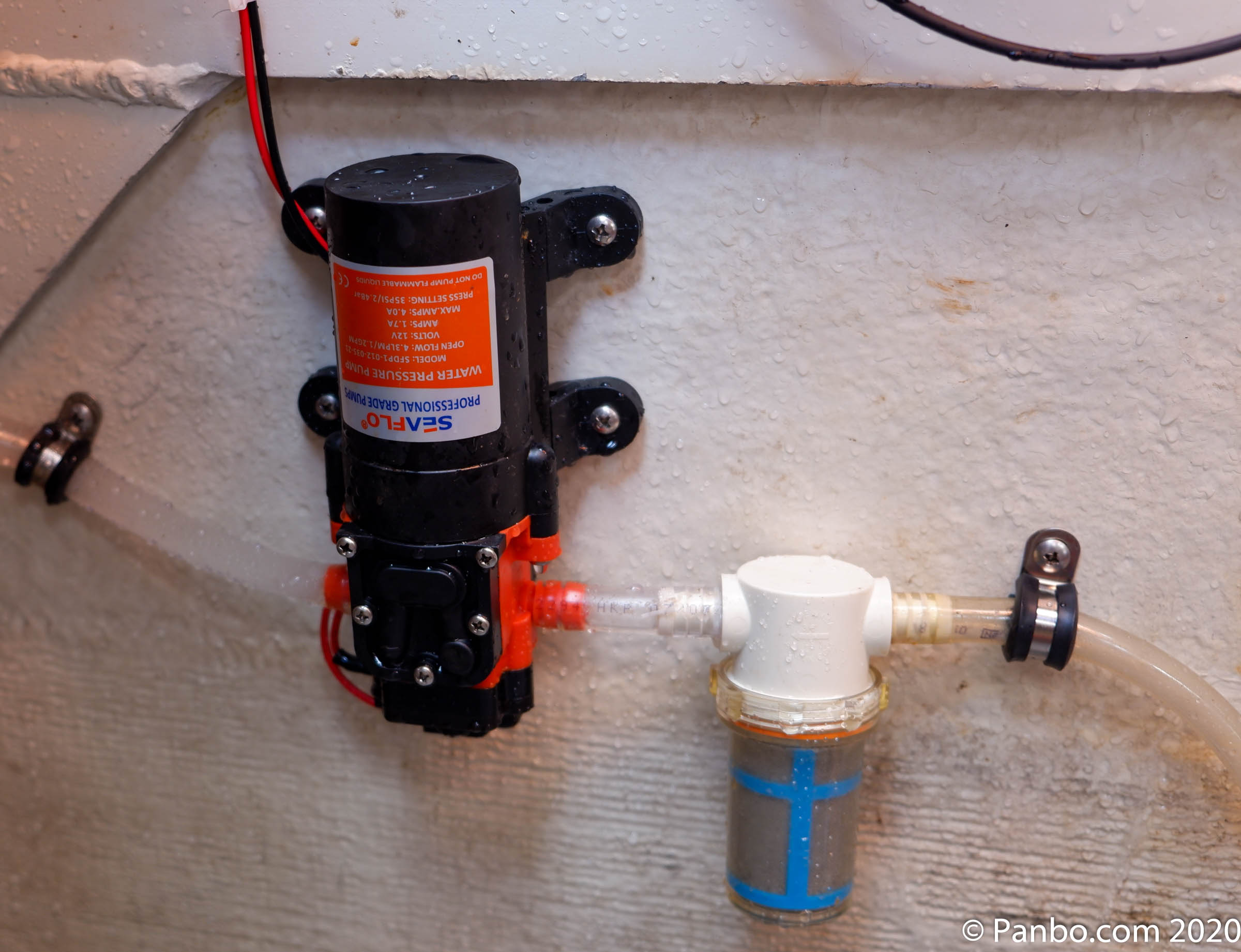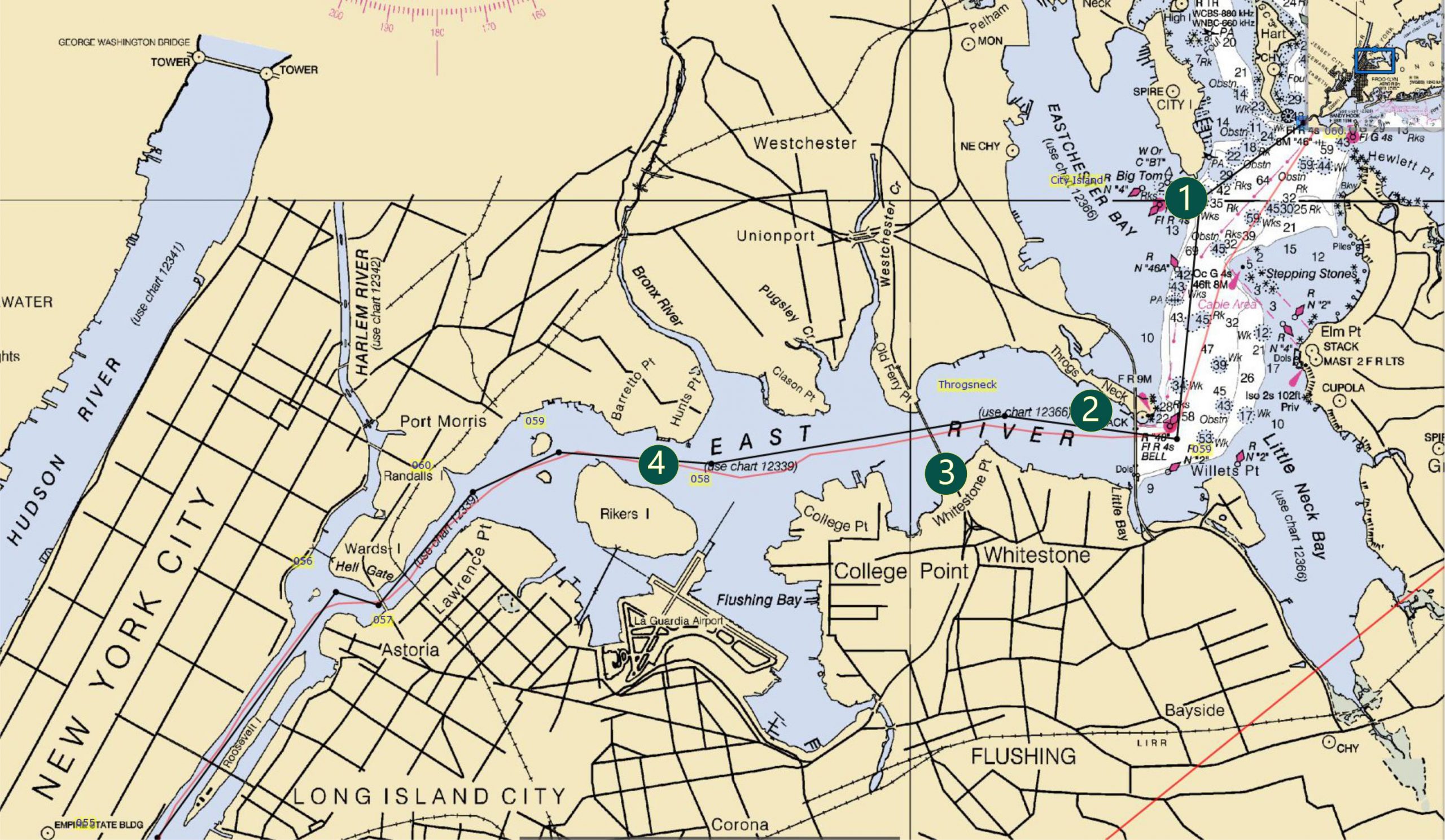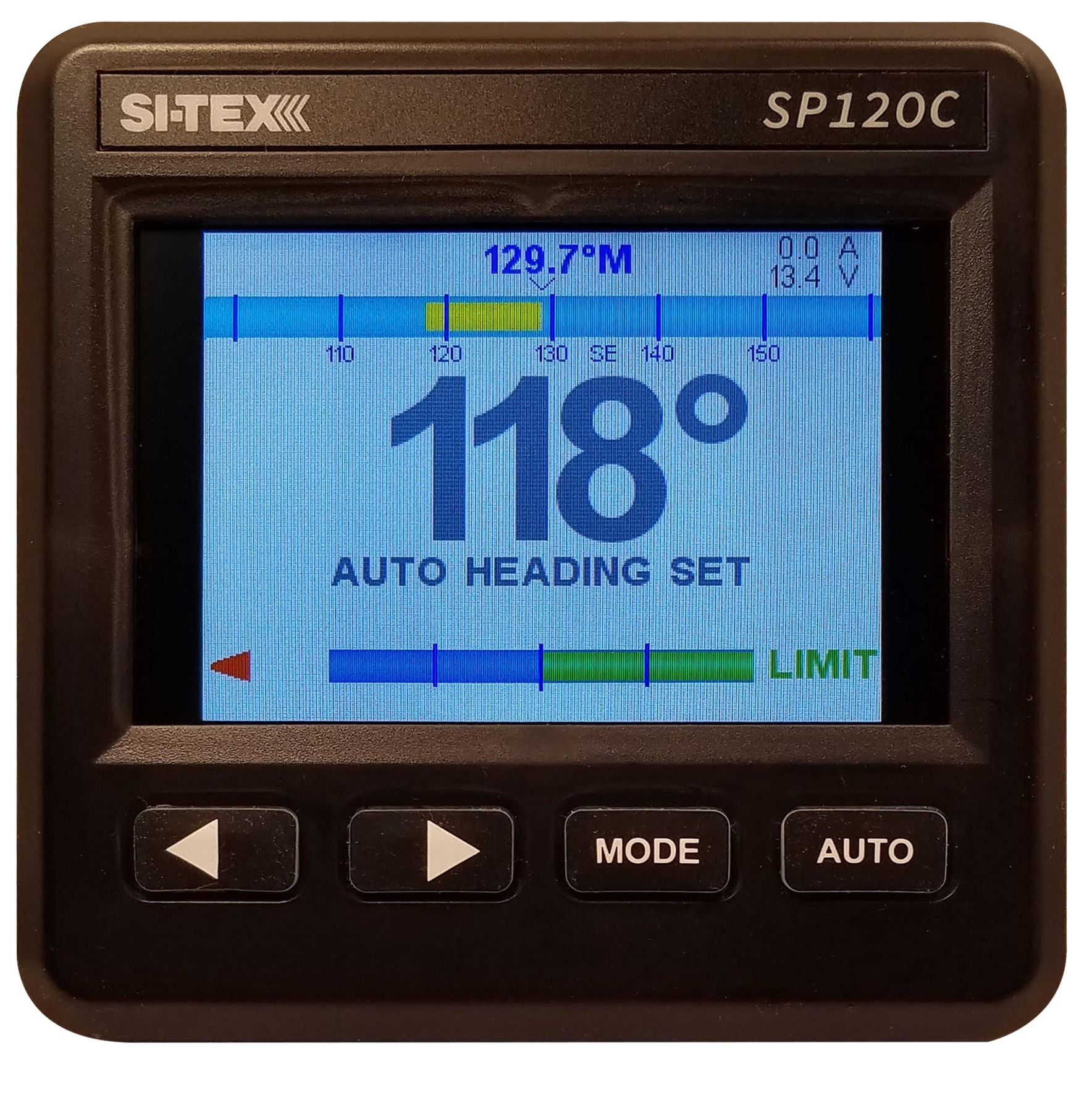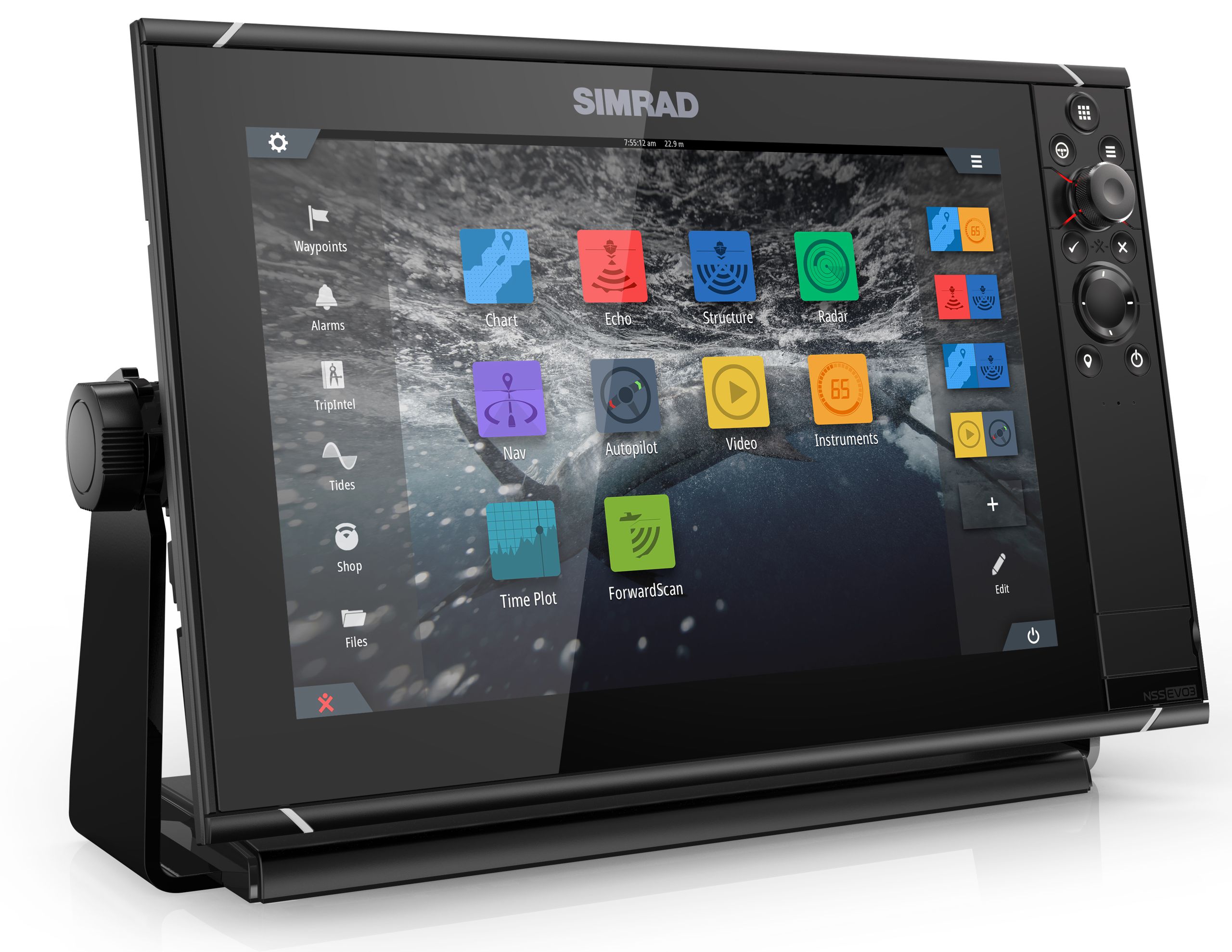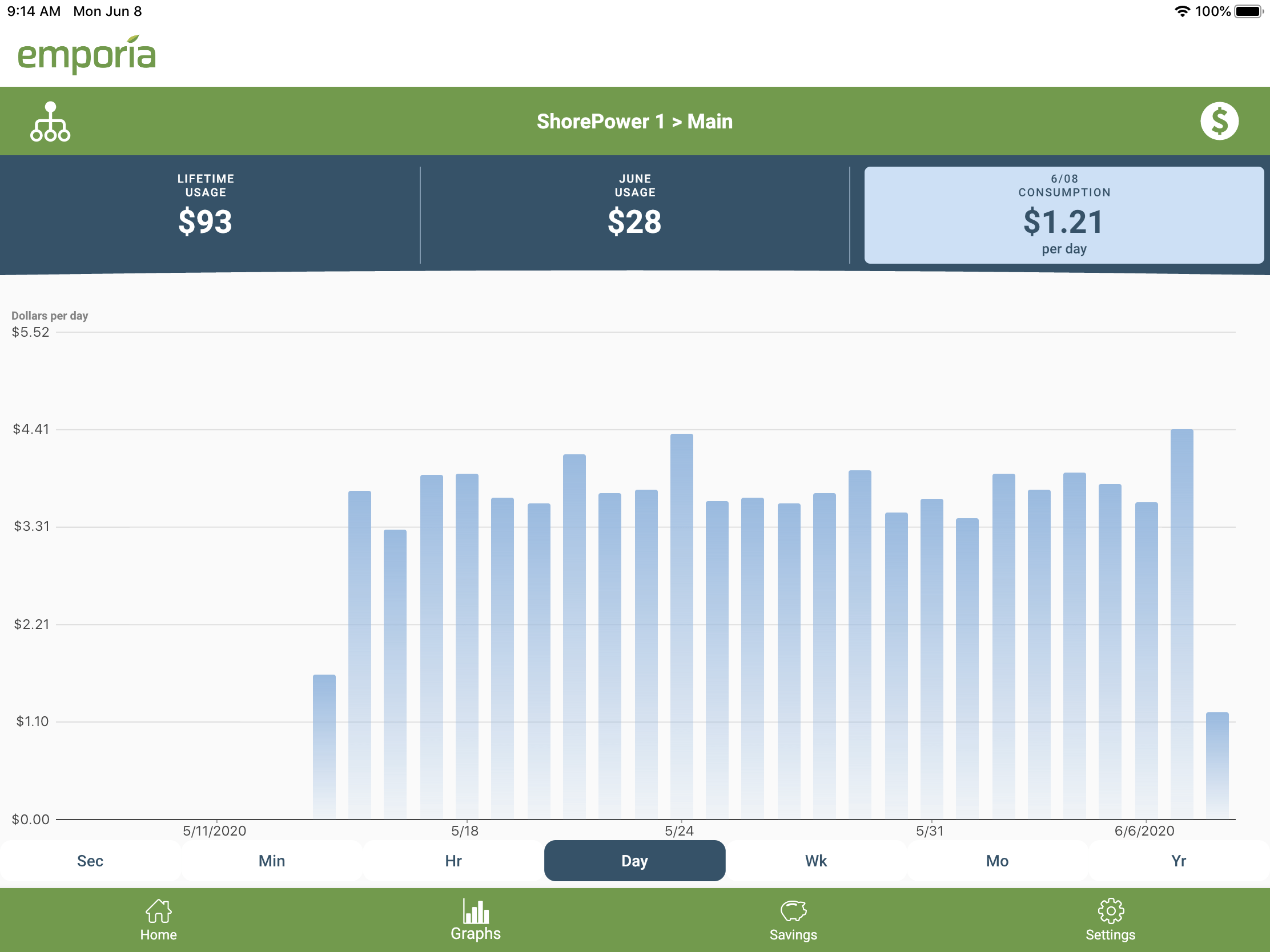Solar-powered dinghy bilge pumps, the Sea Joule
A solar-powered bilge pump is often a beloved accessory for a small boat that stays in the water a lot and doesn’t have its own electrical system. But when they fail, the disappointment and repair hassle can add up to more pain than the manual pumping you hoped to avoid. Which is why the exceptionally rugged-looking pump above got my attention…


